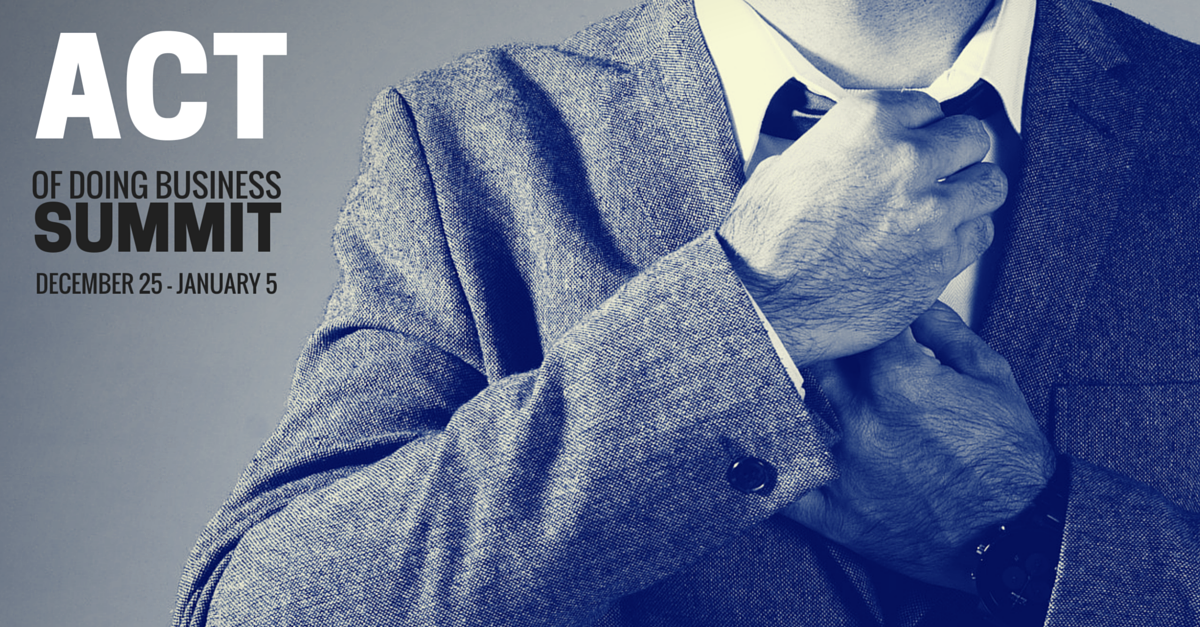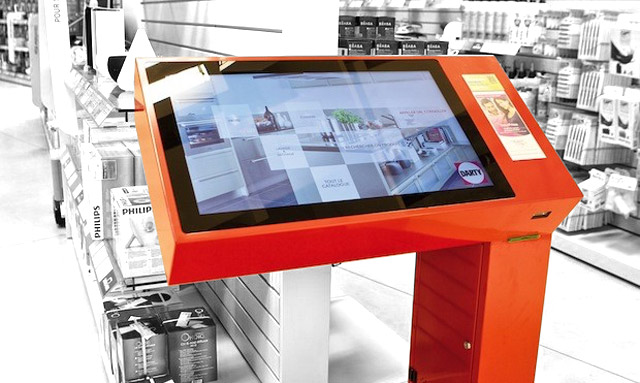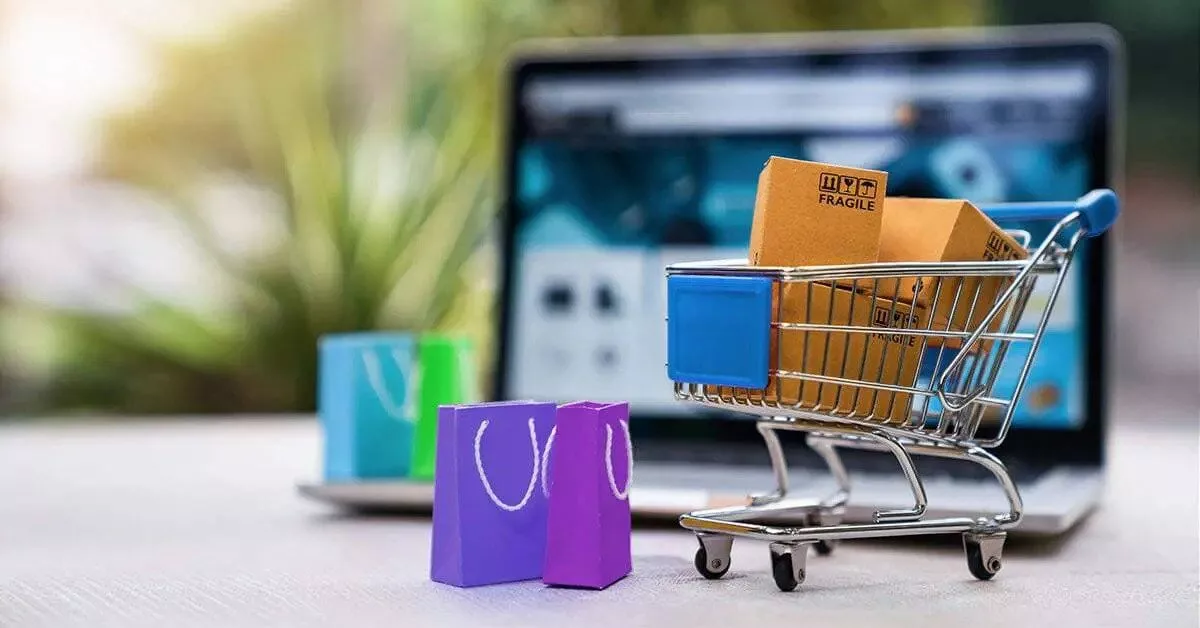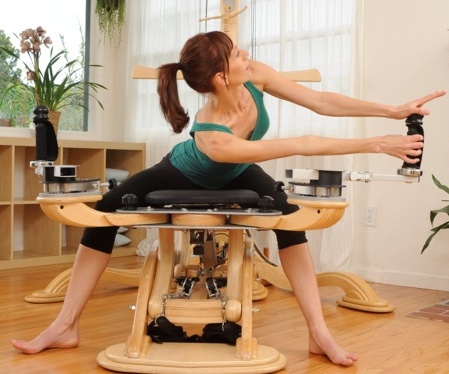Before proceeding, let’s take a look at some statistics. According to Ogilvy Group’s survey:
- About 30% of all buyers in the world do not plan what brand to purchase beforehand. The choice is made on the spot.
- One out of ten changes his or her mind and buys a different brand when standing at the shelf.
- Impulse purchase is a worldwide phenomenon. In Romania, 94% buyers purchase goods spontaneously, while in China it’s 88% of buyers. In the USA, the number is 70%.
- 20% of buyers worldwide purchase goods in the categories they didn’t intend to buy before coming to the store.
- 35% of people decide how many goods to buy after they come to the store.
In other words, impulse buying is a phenomenon you must not ignore. Although in online retail, these numbers are somewhat lower, web store owners can use it to their advantage.
Types of impulse buying behavior
- The buyers don’t plan to buy anything at all until they contact the seller.
- The buyers plan to buy a product, but they choose the brand only after contacting the seller.
- The buyers planned to purchase a product of a specific brand, but changed their mind after contacting the seller.
Of course, planned purchases are also important since it’s a direct way to satisfy the demand for certain types of goods. But whether you own a web store or an affiliate shop, whether you created it by yourself or ordered a custom store, if you want to raise your sales to maximum, you are not to neglect spontaneous purchases.
How to raise impulse purchase at your web shop
- Use proper design
First of all, you want to properly dress your windows. Pastel colors are associated with childishness and create the illusion of a toy world. Brown, beige, and dark-green evoke the feeling of coziness and pleasure from shopping.
- Offer attractive discounts
It’s always hard to ignore big sales. Even if you barely need the product, you just keep thinking: ‘Maybe it’s the last time I have a chance to buy it for this cheap!’ In this case, the buyer sees the price as a unique opportunity. Sales always work well.
- Discount duration
Another effective way to improve impulse buying is to limit the duration of discounts and sales. The less time buyers have to make the decision the better. It stimulates clients to reconsider their priorities and purchase what they didn’t intend to. But be cautious! When you announce that the discount will last only three days, do not resume the promotion several times a month. It’ll only teach your clients to wait for another offer and not buy anything at all in between.
- Product sets
You could also combine several products into a single set and price each item. The idea is to combine expensive and cheap goods – for example, a camera for $499 and a cover for $65. Human brain will see the latter price as a much lower one than if the cover was sold separately. To put it simple, a $50 product seems cheaper when sold along with a $500 product.
- Number of products left
At online stores, you can often see how many goods there are in stock. The trick is to change it to a very limited number, so that buyers think they have the last chance to scoop up something valuable. It stimulates those ready for spontaneous purchase to make the decision faster.
- Associated goods
In supermarkets, products are often arranged in special places to provoke impulse purchase. The same works with online stores, but instead of physical location, you choose a page and put the ‘You may also like’ block. It’s a good way to show customers goods they may want to buy at the first gaze.
- Simplify purchases
Let’s imagine you’ve managed to provoke your customer, and he or she is ready to purchase the product. What do you do now? Nothing! No, seriously! The worst thing you can do now that the buyer is making an order is to get in their way.
Make the process as simple as possible. Do not force customers to do unnecessary actions. Remove any ads or banners from your order page – do not distract the buyer! And God forbid that you ask the customer to register at this moment.
Your goal at this stage is not to let the buyer cool down and change his or her mind. And all you can do is not putting obstacles in the way.












